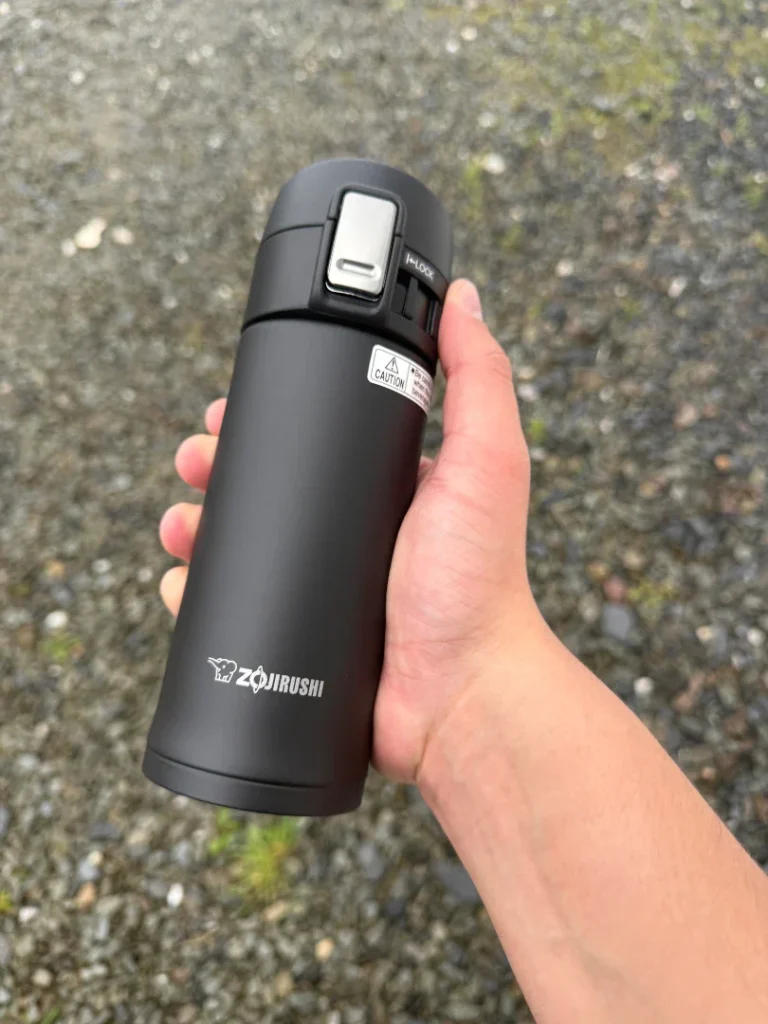You know that moment — the shower, the bus, right as you’re falling asleep — when an idea arrives fully dressed, polite, and ready to move in? If only it paid rent. Most creative sparks are tiny, mischievous animals: brilliant, skittish, gone if you look the wrong way. That’s why every maker needs a dream drawer — a real or digital place where half-formed thoughts get parked before they evaporate. Start playful: plant a mood board with a few quick reference images created with an AI photo generator in Dreamina, and you’ll have visual bait ready the next time a stray idea wants to be caught.
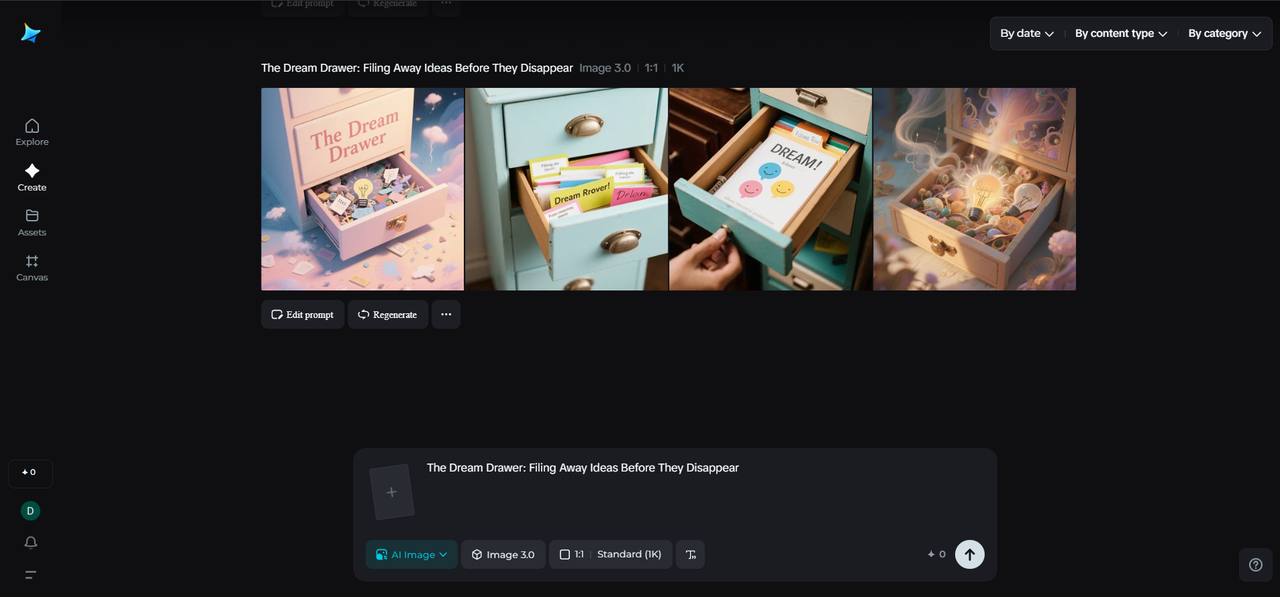
This blog is a field guide to small systems that keep ideas alive: quick-capture habits, gentle organizational rituals, and creative triage so your life doesn’t become a museum of missed chances. Think of it as a tiny architecture for imagination — lightweight, forgiving, and mischievously optimistic.
The little tools that deserve big applause
You don’t need a lab. The dream drawer runs on low-friction tools.
-
A single notebook (analog or app) labelled “Now / Later”
-
A voice memo habit for shower epiphanies — very often the rhythm of speech holds meaning better than the words
-
A camera roll album called “Seeds” for textures, faces, light, and accidental compositions
-
One archive folder in the cloud with dated subfolders so you can orphan an idea safely and return later
These are selfish gifts to your future self. They say, “I will not punish you for being brilliant at inconvenient times.”
Capture rituals that actually work
Habits trump willpower. Make capture rituals tiny.
-
Phone in hand: three taps to record a voice note
-
Pocket notebook: one sentence, one sketch, one arrow
-
Visual seed: snap the light at 7:12 a.m. or that tile pattern on the café wall
-
Micro-deadline: if it’s still interesting in a week, move it from “Now” to “Later”
The ritual’s point is speed — not polish. A messy capture is better than a polished nothing.
Naming, filing, and forgiving
A dream drawer needs an attitude of mercy. Name things in human ways: “sad plant idea,” “microwave theatre,” “marketing ritual for lazy people.” Then file loosely by mood or medium (audio, visual, structure). Forgive yourself for duplicates. Duplicates are the universe insisting that an idea matters.
When you revisit, use one of three moves: dismiss, develop, or defer. If an idea dies, let it go without eulogies. If it glows, give it 30 focused minutes. If it’s interesting but not urgent, defer with a reminder.
Tiny systems that scale without guilt
Scaling a dream drawer doesn’t mean bureaucracy. Use a handful of tiny scaffolds.
-
Weekly triage: 20 minutes on Sunday to open the drawer, skim, and make three micro-decisions.
-
The 30-minute rule: when an idea gets your attention twice, give it a half-hour sprint.
-
The seed packet: bundle related assets (one line, one image, one sound) into a single note tagged with one word.
These micro-commitments are kind to your time and your curiosity.
Making the drawer tactile and tempting
A dream drawer should be attractive. People return to tidy, tactile places.
-
A physical drawer: sticky notes, sketches, yarn samples, ticket stubs — each a sense trigger.
-
A digital drawer: a simple folder with a cover image and a readme that says, “Welcome back.”
-
A ritual object: a little bell, a postcard, or a cup that only comes out when you’re in idea-capture mode.
Treat your drawer like a shrine to possibility, not a file cabinet.
Dreamina’s interactive guide to the ultimate furniture dream
Step 1: Write a detailed text prompt
Go to Dreamina and craft a simple prompt in a sentence or phrase that sets the mood or image that will ground your concept. For instance: “A cozy, grainy hero shot of a late-night desk lamp, a scribbled note, coffee spilled on the desk, and a small paper airplane — warm tungsten light, muted earth tones, paper texture.” That one image allows a seed to find somewhere to land visually.
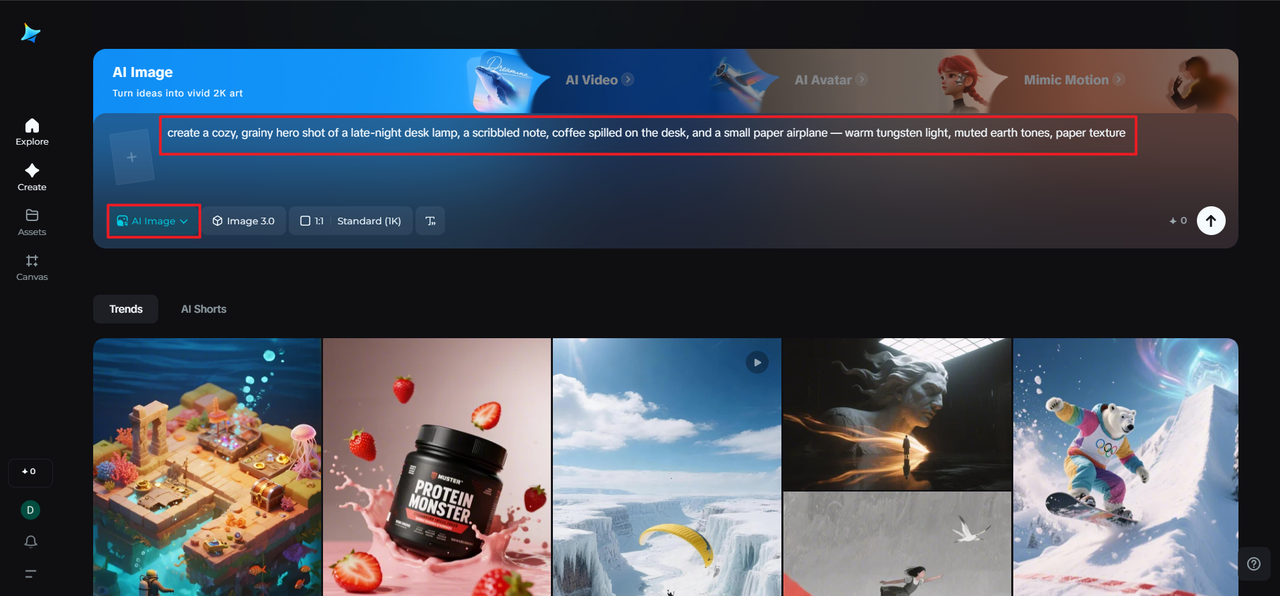
Step 2: Set parameters and generate
Select a model that focuses on texture and atmosphere, adjust the aspect ratio you require, select size, and choose 1k for rapid tests or 2k for a print-ready asset. Next, click Dreamina’s icon to create variations that you can store in your dream drawer as visual seeds.
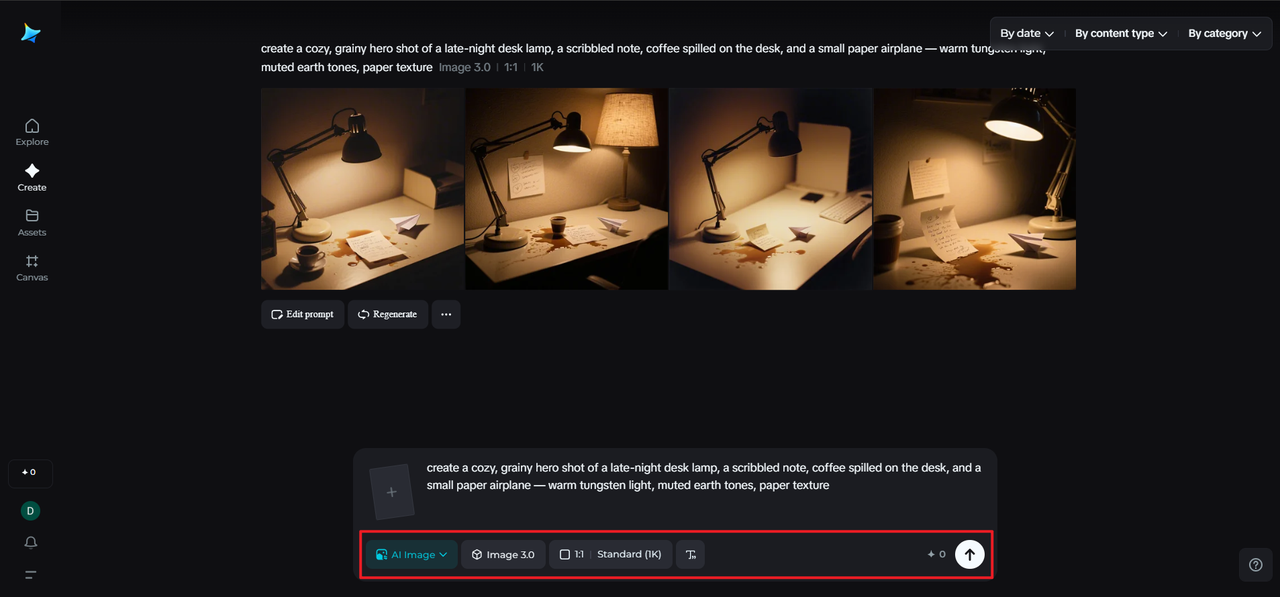
Step 3: Refine and download
Utilize Dreamina’s inpaint to adjust minute details, grow to insert context, erase artifacts, and retouch color to fit your palette. Once the anchor image looks good, click the Download icon to save it for your archival note or mood plate.
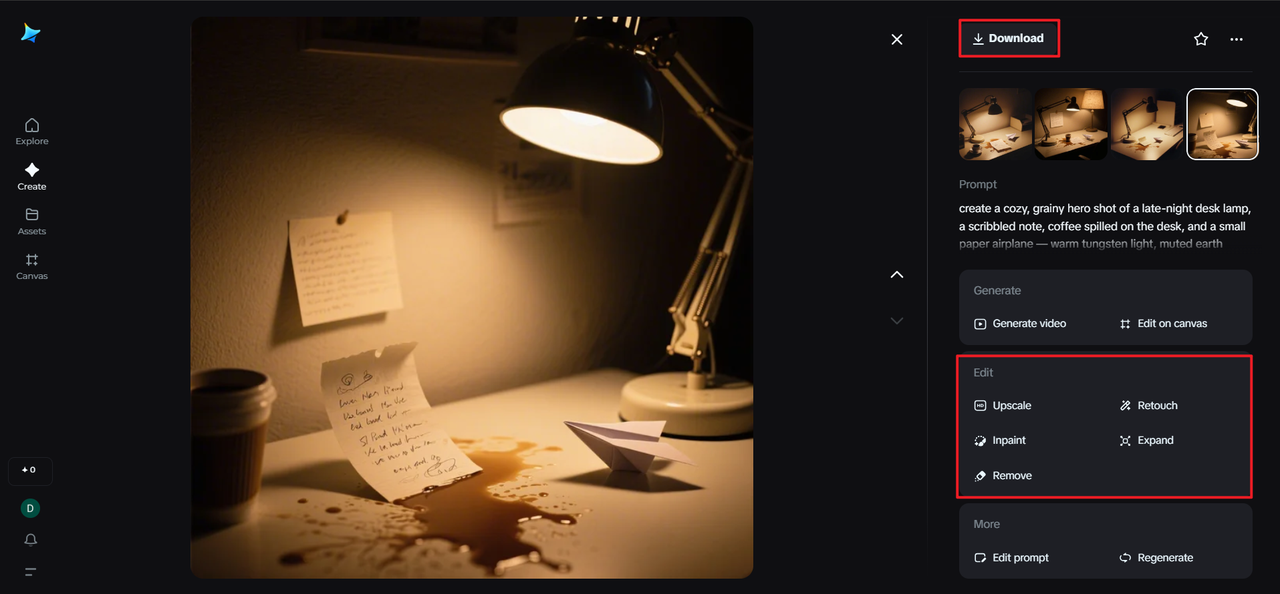
Prompts that coax ideas into clarity
When the drawer feels full of vague fog, use small prompts to clarify. Ask:
-
“What happens if this idea has to be explained in five words?”
-
“Who would be suspicious of this idea?” (skepticism helps shape it)
-
“If this were a short film, what’s the opening shot?”
Answering these shrinks the idea into a testable seed.
The economy of tiny experiments
Ideas die under the weight of grand plans. Instead, run tiny experiments.
-
Make a 30-second demo, not a product.
-
Write a tweet-thread outline rather than a manifesto.
-
Mock a single screen, not an entire app.
Small experiments are cheaper mentally and logistically; they teach faster. If an experiment fails, you’ve learned cheaply. If it hums, you have the beginnings of something real.
Collaboration without losing delight
Sharing seeds can be scary. Try lightweight collaboration:
-
A shared folder where friends drop single images labeled “what this could be”
-
A weekly half-hour swap: each person shows one seed and gets two short reactions
-
Co-sprints: 45 minutes together on a shared idea followed by a soft review
Low-commitment collaboration keeps the drawer social and generative without pressure.
Visualizing the seed: fast mood plates
Often a good idea needs a mood to make it feel urgent. Make a three-frame mood plate: tone, one exemplar image, and one word. Use Dreamina to generate quick texture studies or reference shots when you need visual momentum. If you’re assembling a pitch later, these plates become the emotional scaffolding you can show teammates or clients.
Micro-rituals to keep the drawer alive
A system is only useful if you return to it. Here are tiny rituals to keep it humming:
-
The “Friday flick” — scroll the drawer for five minutes and star anything that surprises you
-
The “morning pinch” — capture one sensory detail before coffee (sound, light, texture)
-
The “monthly edit” — throw away anything you can’t describe in a sentence
Rituals create trust between you and your future self.
Exporting the drawer: moving from seed to shareable
When a seed wants to be seen, export gently.
-
One-pager: one image, one line, one next-step
-
Micro-prototype: a 30-second GIF, a mock caption, or a scribbled storyboard
-
A small share group: three peers who will give a single focused reaction
Fast exports close the loop. They let an idea earn attention without demanding investment.
Unexpected tools for surprising sparks
Branding and differentiating
Beyond notebooks, some playful tools are great for idea riffing. If you need quick emblem or badge ideas for a seed project, an AI logo generator can sketch compact marks you test in seconds.
Art that sparks
For texture and background experiments that help you see an idea’s mood, a free AI art generator can produce dozens of stylized options to stitch into mood plates. Use these tools, like seasoning — sparingly, to taste.
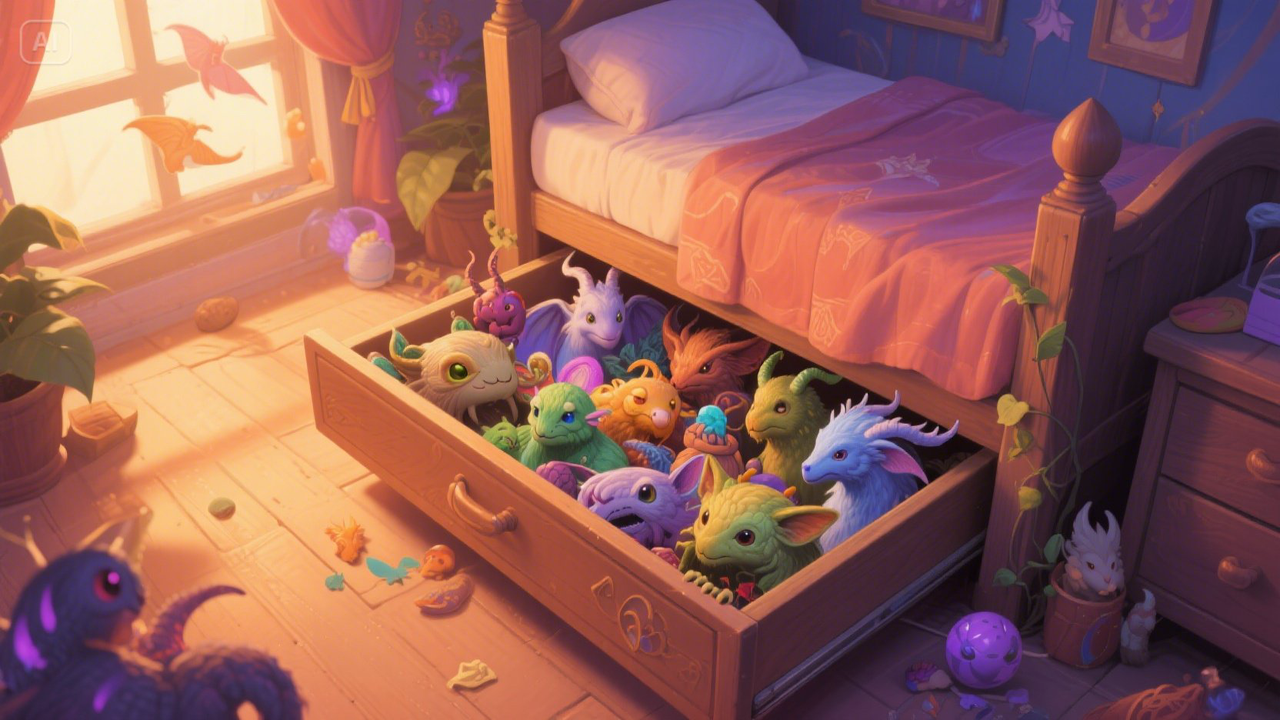
Honoring ideas you never use
Not every seed grows. That’s fine; some ideas are compost. Keep a “graveyard” note for dead seeds — a lighthearted place to record what you learned. Sometimes these failed notions return later like ghosts with new value. Treat the graveyard as respect, not regret.
Shutting the drawer (for now)
The dream drawer isn’t a productivity hack; it’s a kindness. It tells your future self, “I noticed this. I saved it for you.” With tiny rituals, forgiving filing, and joyful play, you build a landscape where sparks are noticed and tested rather than mourned. Use Dreamina to make quick mood anchors, toss in a half-sentence, and set a 30-minute rule for anything that sings twice.
Do this enough and you’ll find that ideas stop disappearing — they accumulate, visit, and sometimes, gloriously, stay.
